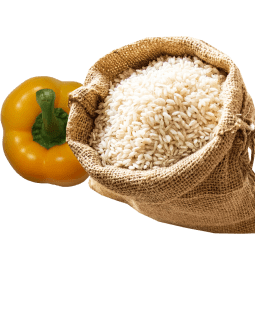At the Scholars of Sustenance Foundation Thailand (SOS), each staff member’s day looks different, but three things are true for all of them: They are eager to learn and try out new roles, they love helping others — and they all rely on the Food Warrior App.
The Food Warrior App is a data collection platform built by staff member Preecha Jarotphuet, who had never created an app before joining the organization three years ago. The app tracks key information during food recovery and delivery, replacing a paper-based system. Since rolling out the app, SOS staff have been able to access and analyze data faster than ever, and that improves their food recovery logistics and ability to report out to current and potential donors. The food bank is also using data from the app to influence food policy, like the national food safety food donation guidelines published in 2025.
“I don’t have any background in technology or computer coding,” said Preecha, who has a degree in geology. “But I love to learn new things. I love to step up my skills. I love to try everything.”
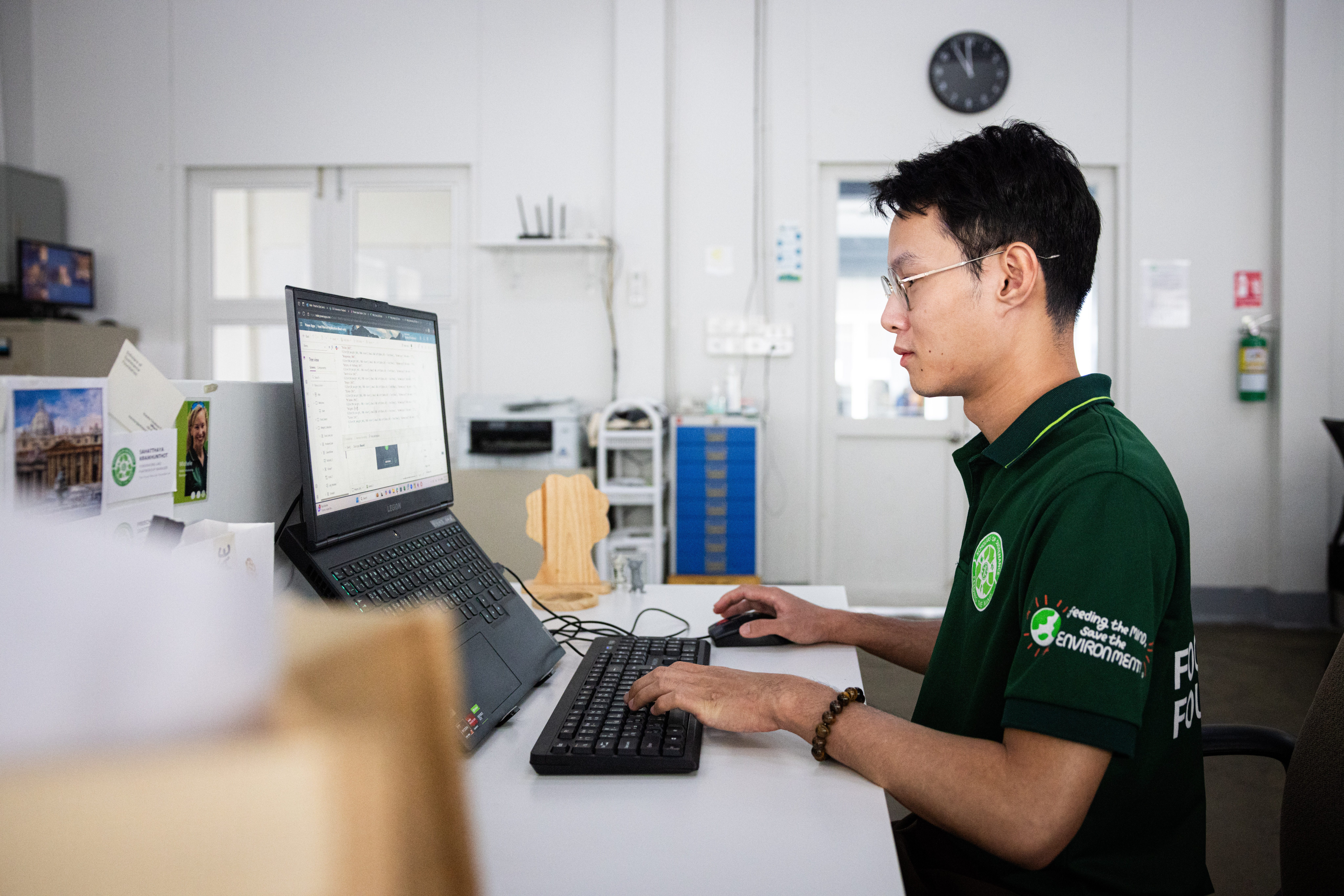
In addition to learning new technology skills, she also had to understand the end user — her colleagues, SOS’ Food Rescue Ambassadors (FRAs). Seven days a week, FRAs travel through Bangkok’s busy streets and shopping areas to collect surplus food from places like grocery stores, markets and bakeries, then immediately deliver it to communities who need it. Preecha, who typically works from the SOS office, spent time with her colleagues to understand their roles, workflow and challenges before building and rolling out the app, noting that some staff members needed extra training to feel comfortable with the switch from paper to digital tracking.
“[The app] helps cut down on the time we spend recording data — either by writing it on paper or typing it as messages in WhatsApp,” said Theerayut Adotha, an FRA who works at SOS’ Bangkok office. “The work is done faster, with fewer mistakes and ensures no information is forgotten.”
As the FRAs pick up food from dozens of locations across the city, the data they collect is immediately available to staff back in the office, where every SOS staff member uses it in a variety of ways, from stewarding donors to improving operations.

For example, Tanapon Wongkawin,a member of the outreach and fundraising team, can easily create monthly donor reports that often help food donors spot areas where food might be going to waste in their operations or encourage them to donate from more places, like other store branches or office cafeterias.
Fundraising and grant associate Nutthida Rattanapachai can use the data in a grant application to highlight SOS’ growth in the number of people served across the country or its environmental impact from cutting emissions from food waste. Impressively, SOS has scaled its food recovery efforts since joining GFN’s Accélérateur program in 2019 — growing from 310,000 kilograms to 5.1 million kilograms in 2024.
Sitting at the desk next to Nutthida, Thyrissara Promraksa, branding and creative executive, incorporates the data in the organization’s latest annual report and social media content.
For the FRA team members, who each make about 15 donation pick-ups per day, the app helps them flag traffic challenges or notes, like where to park to pick up donations. The operations team can use this information to plan more efficient driving routes so they can pick up more food each day while cutting down on truck emissions.
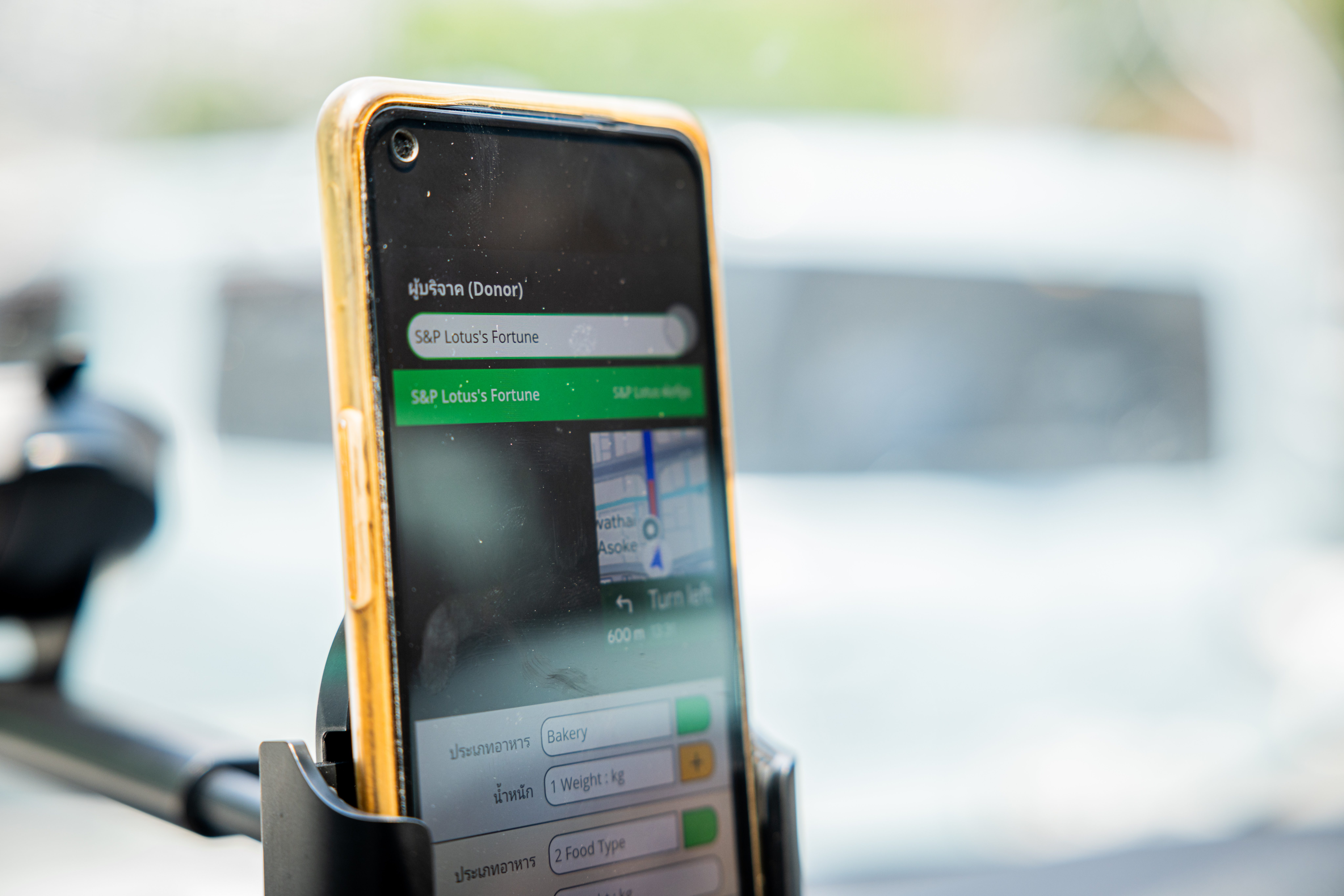
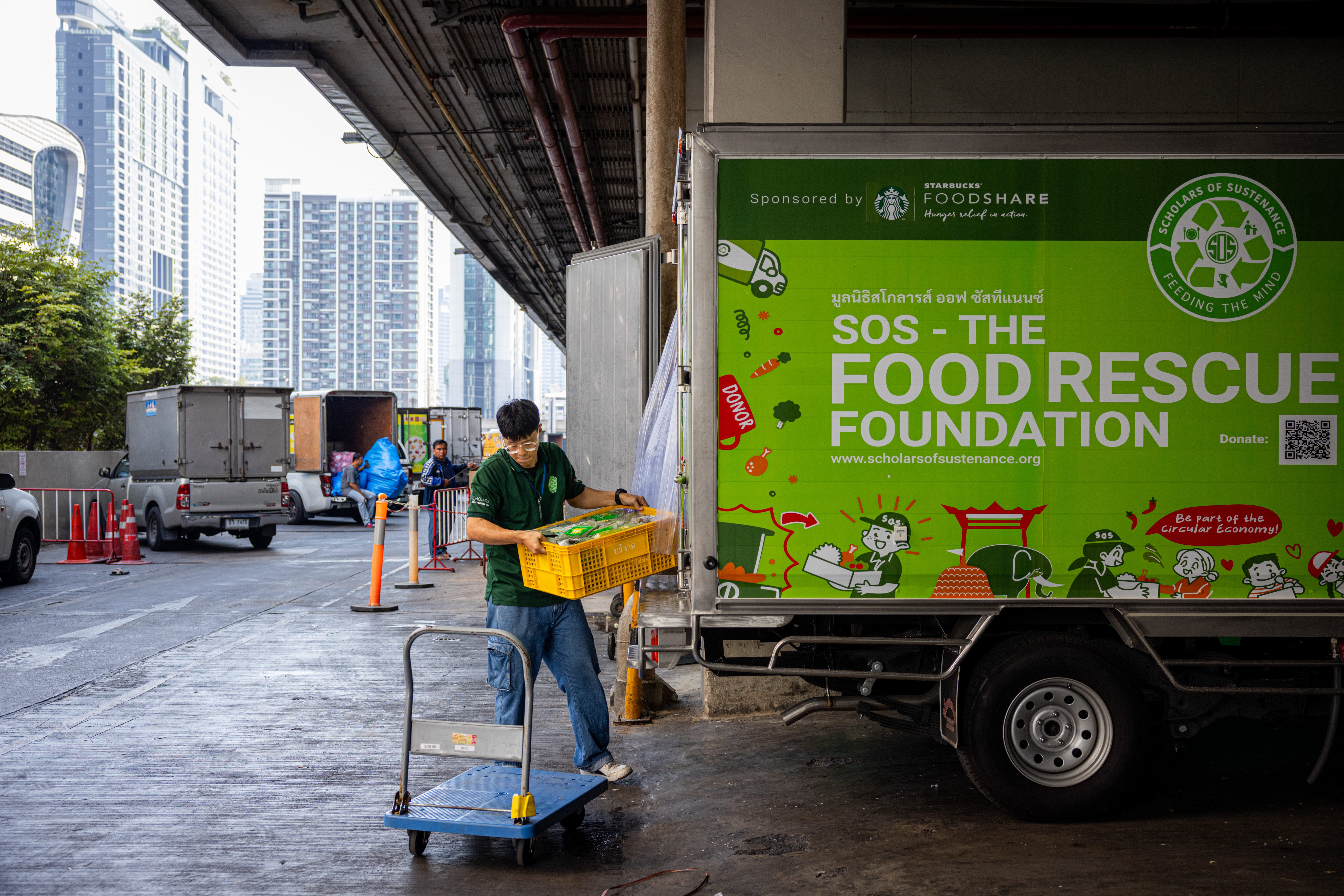
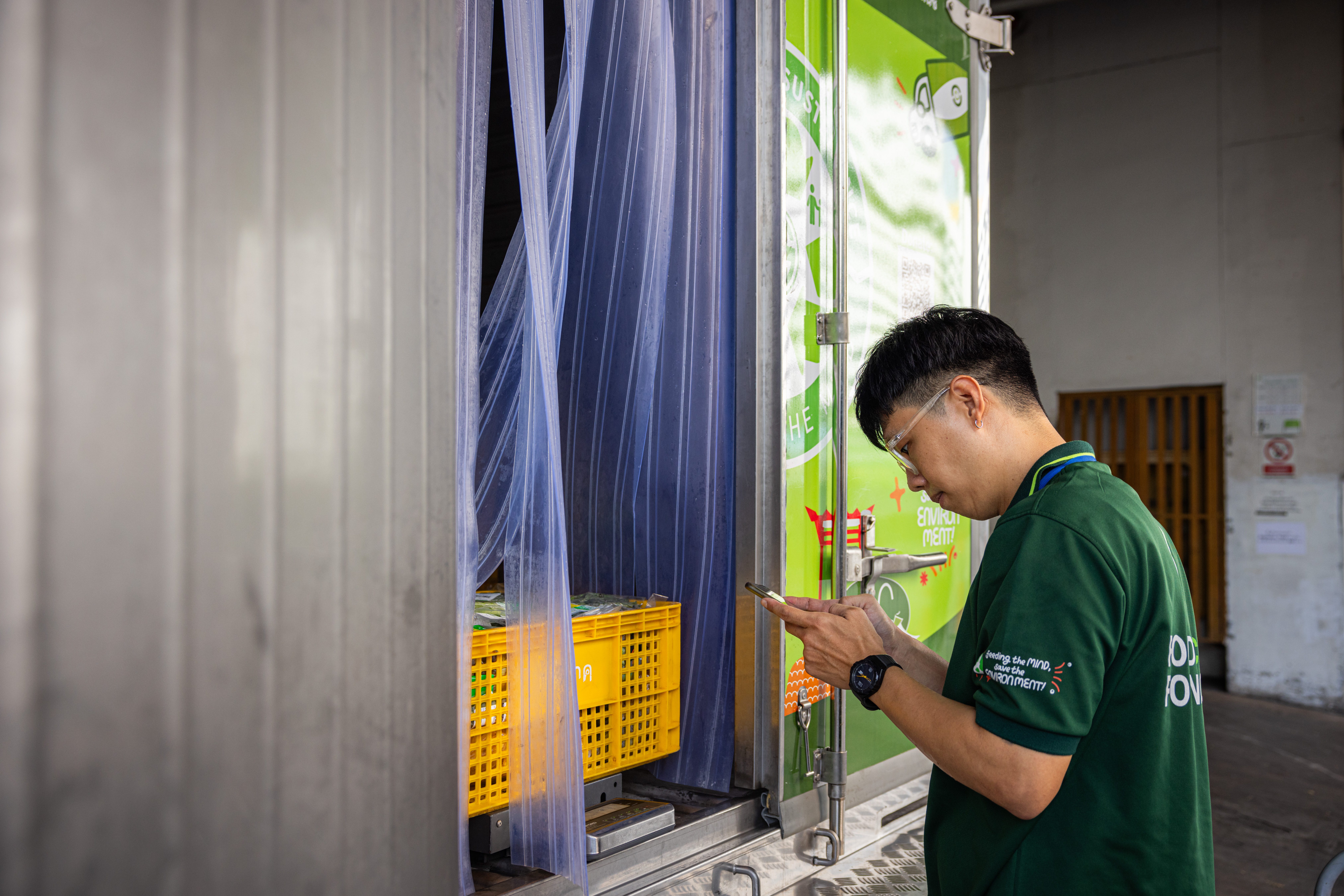
This data could also help encourage more companies to donate surplus food, explained Pattamaporn Prachomrat, a policy researcher at the National Science and Technology Development Agency (NSTDA), who develops plans and policies that address public needs and align with national strategies.
Specifically, SOS and Pattamaporn’s team at NSTDA have created Thailand’s first official food safety guidelines for donation, published in 2025, giving businesses with surplus food more clarity and confidence in the donation process. The guidelines outline clear requirements that food donors and recipient organizations, like SOS, must take to ensure donated food is safe for distribution, from storage and transportation to temperature and reheating instructions. Data from the Food Warrior App has been critical to creating and gaining trust in these guidelines.
“At the time, government agencies like the Department of Pollution Control, Thailand Food and Drug Administration, and Department of Health were quite worried about [the safety of distributing] surplus food,” said Pattamaporn. “So, we said, let us show you the data.”
The data she’s referring to includes metrics collected by SOS in the app to ensure food is safe to distribute, including food category, weight, packaging, date labels and temperature — it also includes lab test results showing that SOS’s donated food met safety standards.
The two teams are also exploring how the data can help SOS benefit from the carbon market by being able to more accurately report its emissions prevented through food recovery.
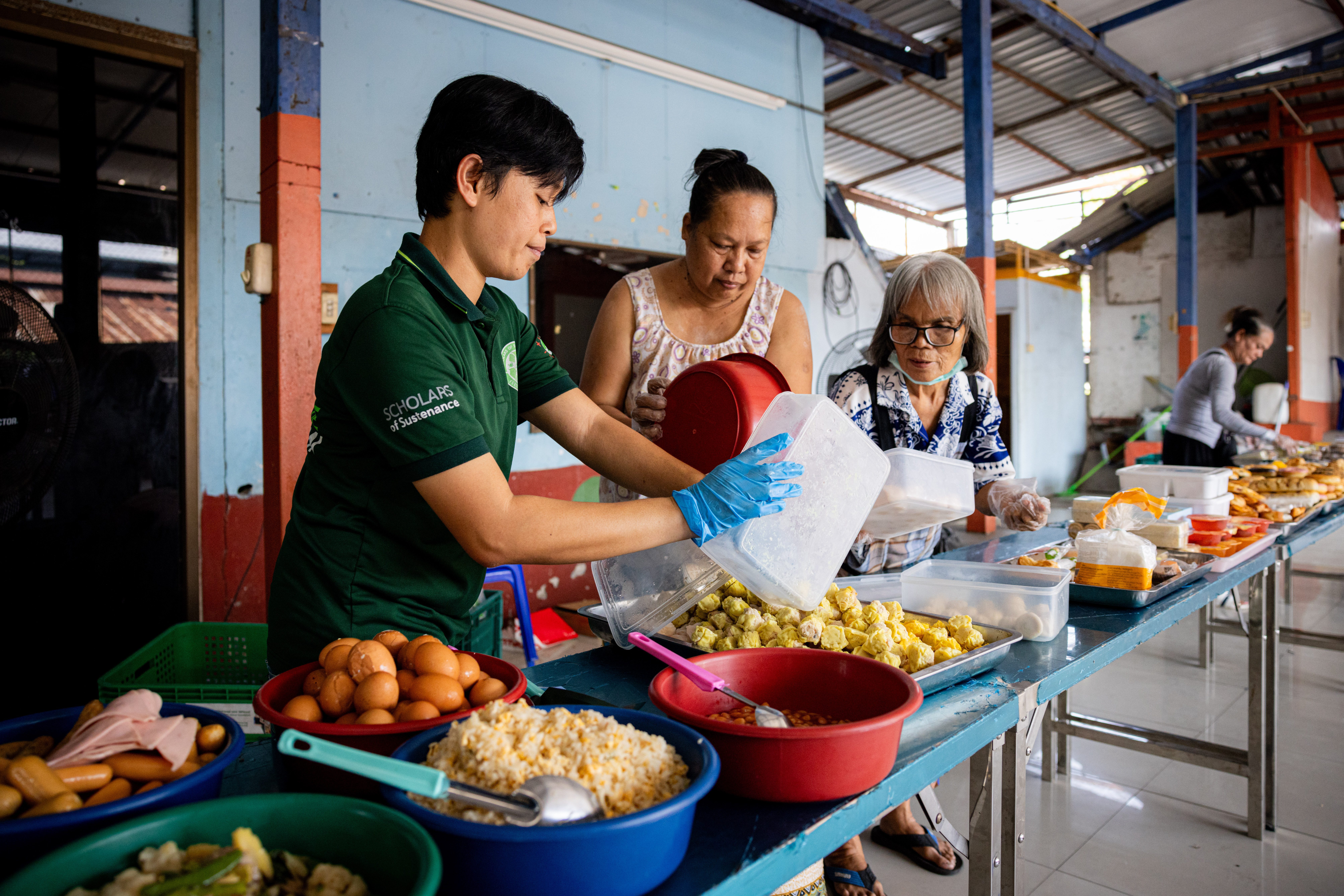
“We hope we can do some kind of carbon trading through food surplus rescue, like how the food bank in Mexico [GFN member BAMX] is doing it. I think it’s possible for Thailand, too,” said Pattamaporn, “[This data] is another supporting tool to bring in more donors to donate their surplus food to SOS.”
Since its inception in 2016, SOS Thailand has already prevented 352 tons of CO2e emissions, equivalent to the amount of CO2e sequestered by 580,000 trees, by preventing good food from going to landfill.
Beyond the rows and rows of metrics, charts and meetings to analyze the data, the Food Warrior App represents something much deeper. It represents a spirit among staff to learn new skills, take on challenges and try out different roles, explained Tanaporn Oi-isaranukul, director of operations and communications, who has worked at SOS for nearly 10 years.
For Tanaporn, who previously worked in a corporate role, joining SOS was a “way that I could fulfill the soul. And the younger generations are like that, too . . . They need to believe in the core of the organization. Our staff will tell you that what they like most about working here is when they can physically do something for others.”
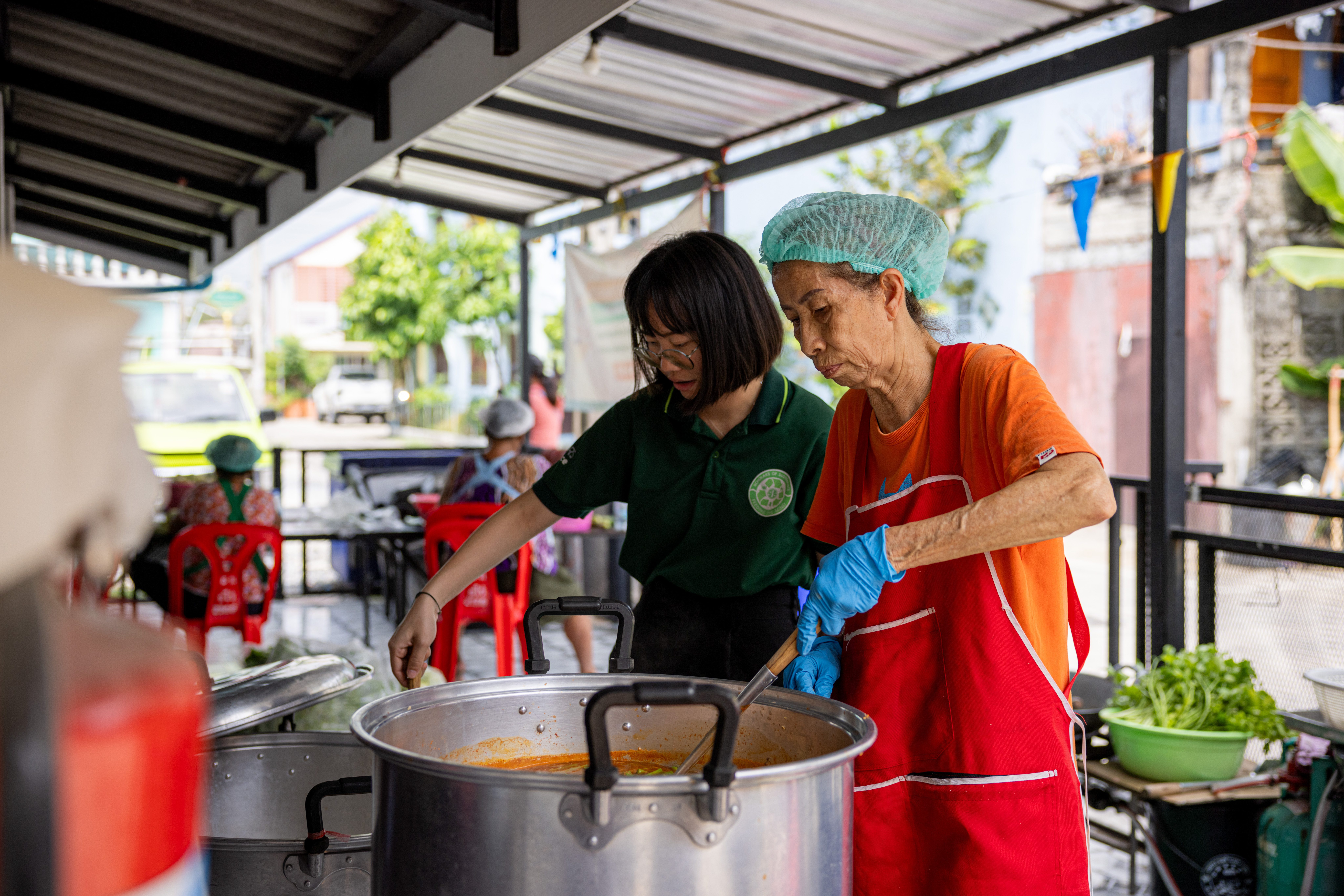
Soon, the Food Warrior App will be rolled out to SOS’ Local Volunteer Network, a program that trains trusted volunteers to pick up donations from nearby food donors, like grocery stores and markets, and distribute them to their communities. This model allows more people to access food more often without SOS hiring additional staff or purchasing and maintaining more trucks that add to the organization’s carbon footprint. And the system that will work even better once volunteers start using the app to track donations.
Beyond rolling out the app to volunteers, Preecha is thinking about the future of the Food Warrior App and the impact it could have on a global scale.
“Maybe some day our app and technology will help many, many food banks around the world,” said Preecha.
